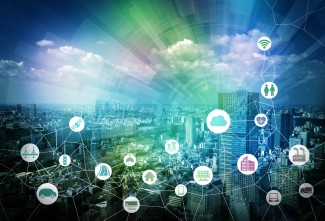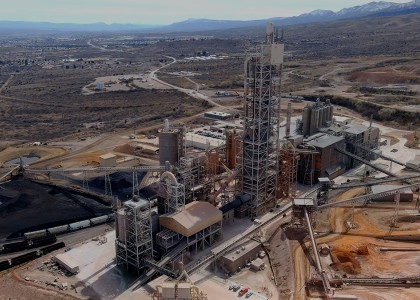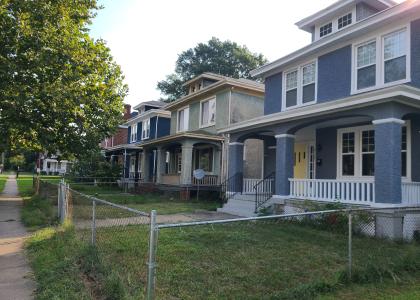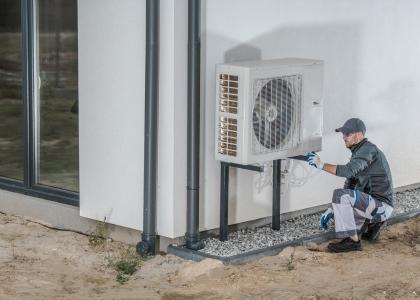Ever wonder what a building thinks about its climate or the occupants it serves? Or, conversely, how the occupants perceive their building? Buildings are becoming increasingly smart; they are becoming more aware of their environment and responsive to our needs. In our new report, we discuss how smart buildings respond to, and even anticipate, changes in operation to meet energy demand and occupant expectations. Our research focuses on existing US commercial buildings of different sizes and types. We explain how building energy efficiency and performance can improve with smart technologies and through interconnected building systems. Why is this important? A fully-integrated building can use 30% less energy than a building with systems operating independently.
Buildings no longer need to operate as islands. Smart buildings use information and communication technologies to optimize operations and connect to the wider community and the power grid. They enhance occupant comfort and productivity while conserving energy by employing advanced controls, networked sensors, and energy analytics software. By working together, these technologies can reduce common ways we consume energy in buildings. Here are four examples of smart technologies discussed in our paper:
The energy information system (EIS) is the central nervous system of a smart building. It makes anticipatory changes in building operations based on external factors such as occupancy patterns, weather forecasts, and utility rates. By collecting and analyzing building performance data in real time, an EIS can immediately detect spikes in energy usage and identify defective equipment. These systems can save up to 10% in whole building energy use and are cloud-based, allowing the building to be remotely monitored by staff or third-party vendors.
Smart heating, ventilation, and air conditioning (HVAC) systems use multiple sensors throughout the building to improve air quality and thermal comfort. Smart HVAC controls can limit energy consumption in unoccupied zones, detect and diagnose faults, and reduce HVAC energy usage, particularly during times of peak demand. Smart HVAC controls can reduce HVAC energy use as much as 24% in hotels and cut approximately 40% of total energy use in laboratories.
Smart lighting systems employ highly-efficient luminaires with autonomous controls, such as continuous dimming and daylighting, to provide better quality space lighting. Advanced controls alone can reduce lighting energy use by 45%. Smart lighting is controlled wirelessly and through web-based dashboards, and can even empower occupants to control the lighting in their workspaces.
Smart plugs and power strips target appliances and equipment that are plugged into outlets and continue to draw power when not in use. They completely cut off power to these devices and can be programmed to operate with lighting and HVAC schedules. Reductions in energy use from plug loads range from 25% for workstations and up to 50% for kitchens and printing rooms.
Beyond energy savings
As opportunities for energy savings widen with smart buildings, so do nonenergy benefits. Occupants are increasingly demanding flexible, controllable workspaces and some building owners are installing smart technologies to attract and retain tenants. Also, worker productivity has been shown to increase as a result of improved indoor air quality, more comfortable temperatures, and enhanced access to daylighting. Barriers to smart technologies include high upfront purchase costs, gaps in workforce skill sets, and interoperability and cyber security concerns.
Programs are becoming smarter too
Energy efficiency programs are evolving to meet the emergence of smart buildings. Program designs and incentives suitable to smart commercial building retrofits aim to increase energy savings at the system level or whole building. Some incentives are widget based while others ensure efficiency performance for the life of the project. Programs can now incentivize ongoing commissioning and real-time Evaluation, Measurement, and Verification (EM&V). Smart buildings participate in demand response programs and can connect distributed generation and storage to the grid.
Want to know more? Read our report on this exciting and emerging topic. Our report provides a broad look at the state of smart technologies in commercial building retrofits and their energy savings potential. To expand on this research, we are conducting a follow-up study in 2017 that will focus on key market segments. Through a deeper dive, we plan to identify which smart technologies and applications yield the greatest energy savings and are most cost-effective.




